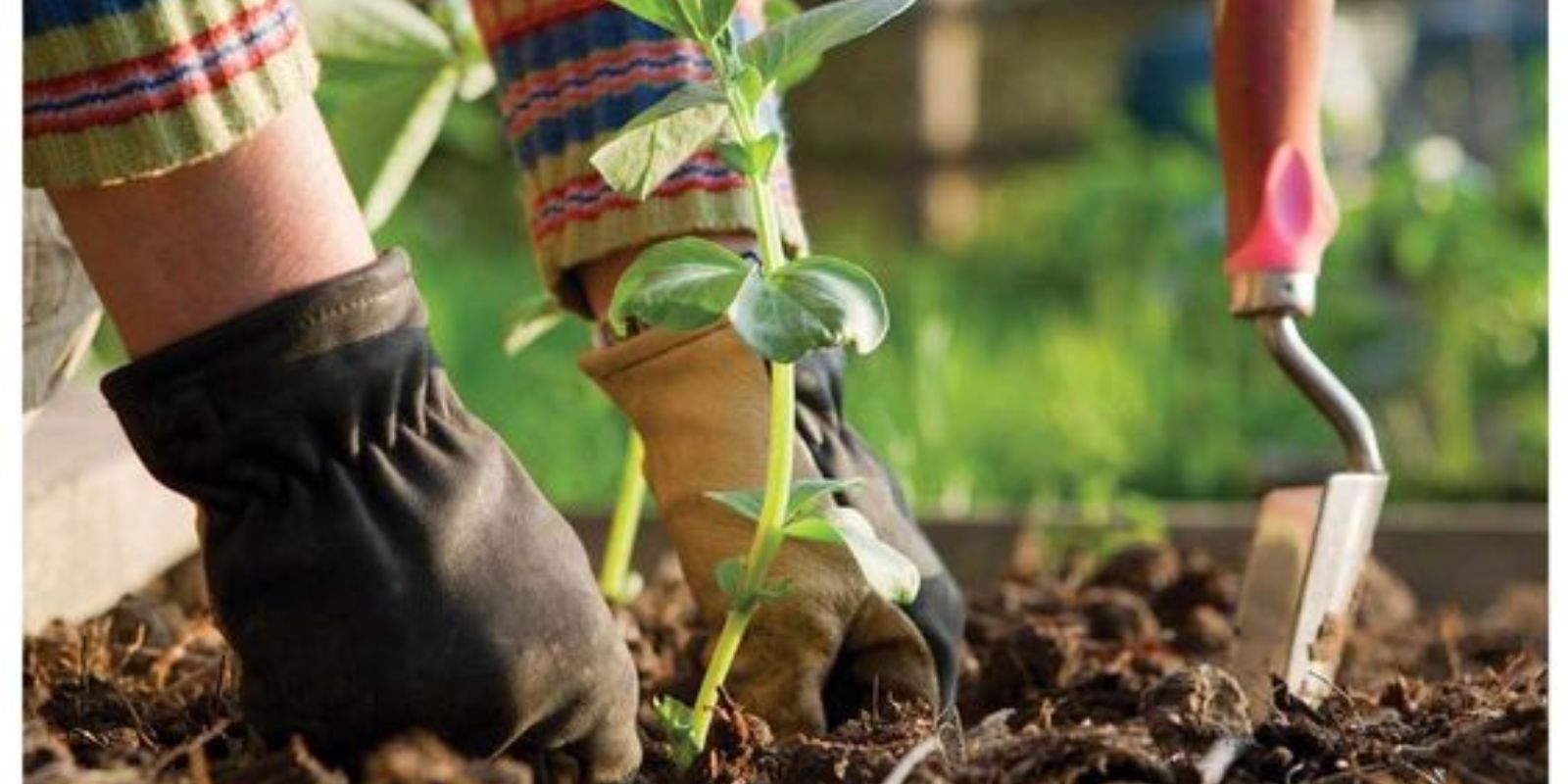Introduction
Trees are integral to our environment, providing shade, beauty, and a host of ecological benefits. Whether you’re looking to enhance your garden with a majestic oak or contribute to a greener world with a fruit-bearing tree, understanding how to buy, plant, and care for trees is essential. This guide walks you through the critical steps involved in selecting the right tree, planting it properly, and maintaining its health throughout its life.
1. Buying the Right Tree
Selecting the Appropriate Tree
Choosing the right tree for your landscape starts with understanding your local environment and your needs.
- Climate and Soil: Research tree species that thrive in your climate zone and soil type. For example, maple trees flourish in temperate zones, while palms are suited for warmer climates. Conduct a soil test to determine pH and drainage characteristics, which will influence your choice.
- Tree Size and Growth: Consider the mature size of the tree. Ensure it fits the space available without interfering with buildings or power lines. Some trees grow large and require ample space, while others are suitable for smaller gardens or urban settings.
Evaluating Tree Health
When purchasing a tree, inspect it closely to ensure it is healthy and free of diseases.
- Check the Foliage: Look for vibrant, green leaves without spots or discoloration, which can indicate disease.
- Examine the Roots: If buying a potted tree, check that the roots are not circling the pot excessively, as this can hinder growth. For bare-root trees, ensure the roots are moist and healthy.
- Assess the Trunk: The trunk should be straight and free from wounds, cracks, or signs of pest infestation.
2. Planting Your Tree
Choosing the Right Location
The location where you plant your tree will significantly impact its growth and health.
- Sunlight Requirements: Select a spot that matches the tree’s sunlight needs. Some trees require full sun, while others prefer partial shade.
- Spacing: Ensure there is enough space for the tree to grow to its full size. Consider both horizontal and vertical space, avoiding planting near structures, sidewalks, or other trees.
Preparing the Soil
Proper soil preparation is crucial for a tree’s successful establishment.
- Digging the Hole: Dig a hole that is twice as wide as the root ball and as deep as the root ball itself. This allows the roots to spread out and establish more effectively.
- Soil Amendments: Mix compost or well-rotted manure into the excavated soil to improve fertility and drainage. Avoid adding too much fertilizer, which can harm young roots.
Planting the Tree
Planting at the correct depth is essential for the tree’s health.
- Positioning: Place the tree in the center of the hole, making sure the top of the root ball is level with the surrounding soil. Planting too deep can suffocate the roots, while planting too high can expose them.
- Backfilling: Fill the hole with the amended soil, gently tamping it down to remove air pockets. Water thoroughly to settle the soil around the roots.
3. Growing Your Tree
Watering
Proper watering is vital, especially during the tree’s establishment period.
- Initial Watering: Water the tree deeply after planting to ensure the roots are well-moistened. Continue to water regularly, particularly during the first year.
- Ongoing Care: Maintain consistent moisture, but avoid waterlogging. Adjust watering based on seasonal changes and rainfall.
Fertilization
Fertilization helps support healthy growth and development.
- When to Fertilize: Apply a balanced, slow-release fertilizer annually in early spring or late fall, following the package instructions.
- Avoid Over-Fertilization: Too much fertilizer can lead to excessive foliage growth at the expense of root development and overall health.
4. Caring for Your Tree
Mulching
Mulching provides numerous benefits for tree health.
- Application: Apply a 2-4 inch layer of organic mulch, such as wood chips or bark, around the base of the tree. Keep the mulch a few inches away from the trunk to prevent rot.
- Benefits: Mulch helps retain soil moisture, regulate temperature, and suppress weeds.
Pruning
Regular pruning promotes a healthy structure and encourages better growth.
- When to Prune: Prune during the dormant season, typically in late winter or early spring before new growth begins. Remove any dead, damaged, or crossing branches.
- Pruning Techniques: Use sharp, clean tools and make cuts at a slight angle. Avoid heavy pruning on young trees; focus on shaping and removing any branches that could interfere with the tree’s natural growth pattern.
Monitoring for Pests and Diseases
Regular inspection helps catch problems early.
- Pest Control: Look for signs of pests such as discolored leaves, holes, or sticky residue. Use organic or chemical treatments as necessary, following the manufacturer’s instructions.
- Disease Management: Watch for symptoms like wilting, unusual spots, or fungal growth. Remove affected parts promptly and consult with a local arborist if problems persist.
Winter Care
Protecting your tree during winter ensures it remains healthy and robust.
- Winterizing: For young trees, apply mulch around the base to protect roots from extreme temperatures. In colder regions, consider wrapping the trunk with burlap to shield it from frost and sunscald.
- Snow and Ice: Gently remove heavy snow or ice accumulation from branches to prevent damage.
Conclusion
Planting and caring for trees is a rewarding endeavor that enhances your landscape and contributes positively to the environment. By selecting the right tree, planting it properly, and providing ongoing care, you ensure that your tree will grow healthy and strong, offering beauty and benefits for years to come.
Motivation
Have you planted a tree or nurtured one to maturity? Share your experiences and tips with us! Your insights can inspire others to take part in this rewarding and impactful journey of tree planting and care. Let’s cultivate a greener world together!

